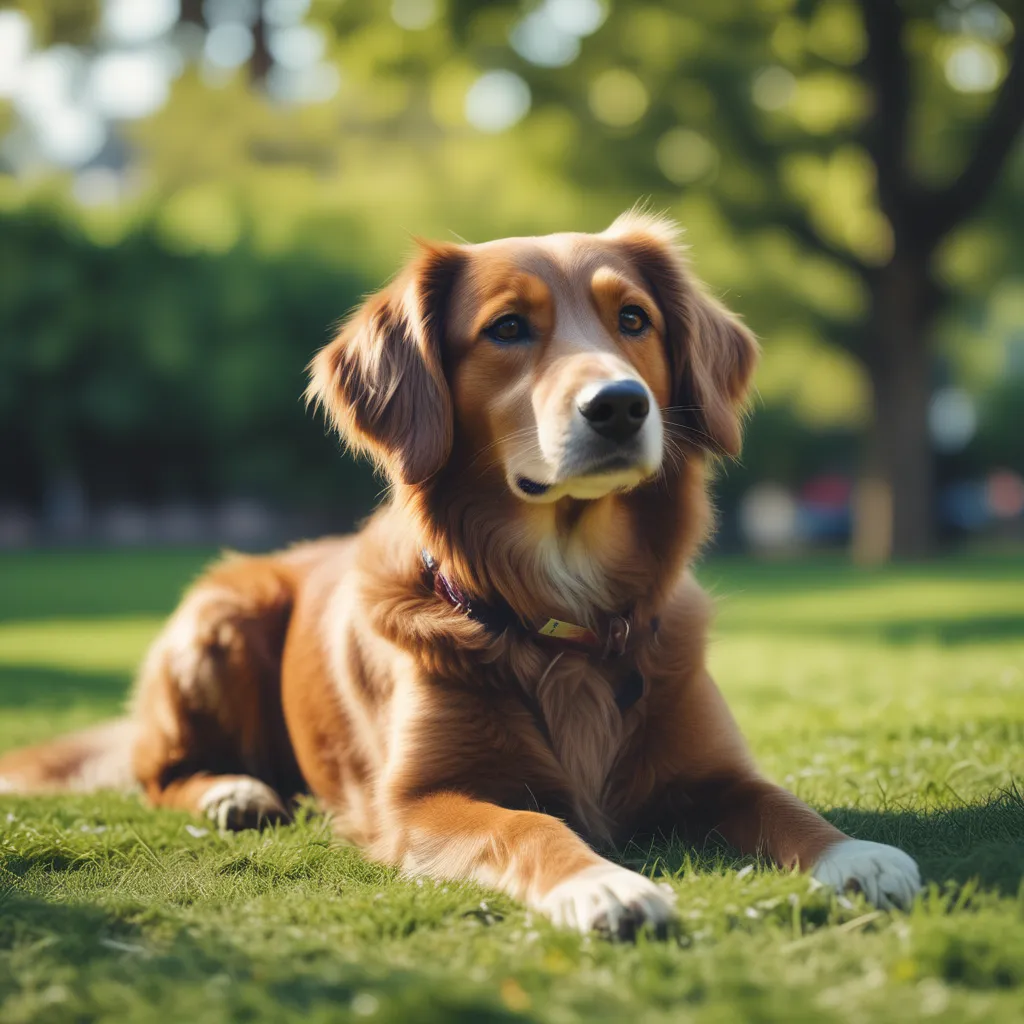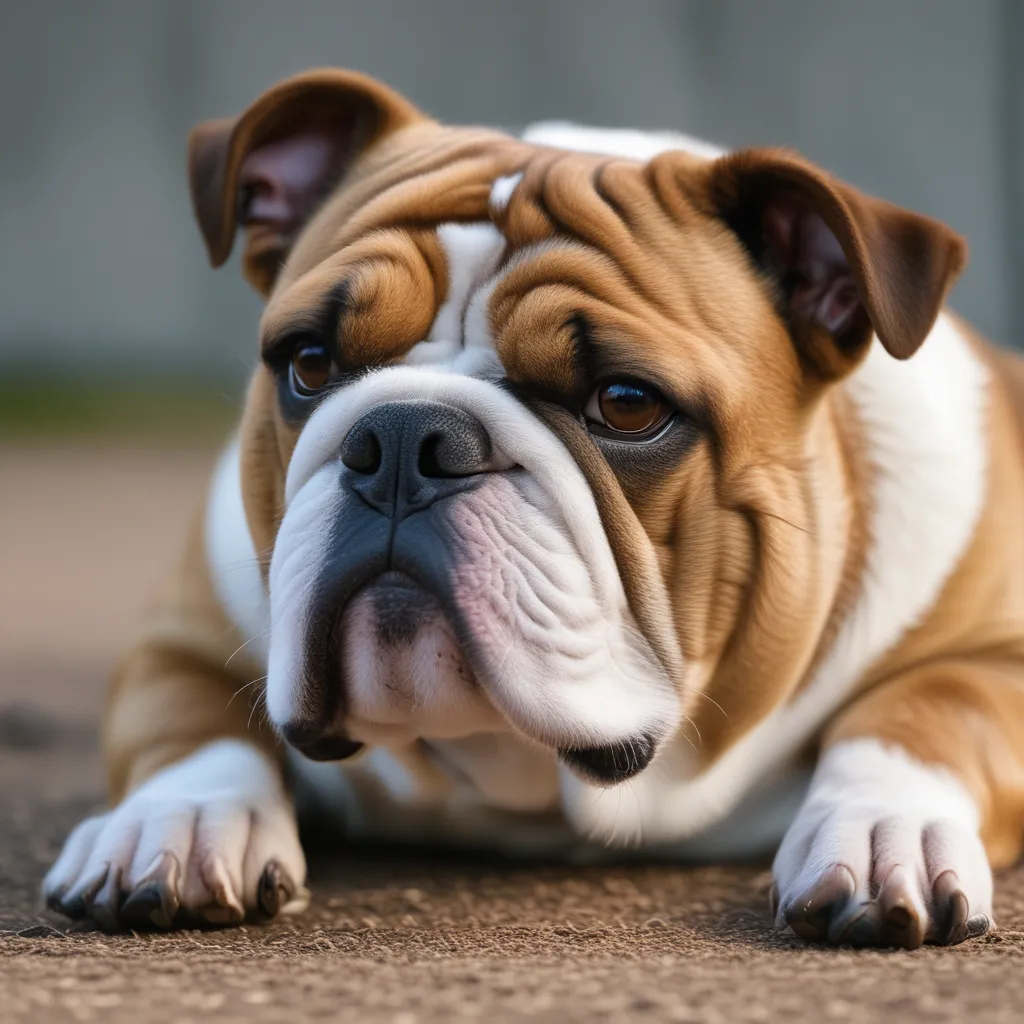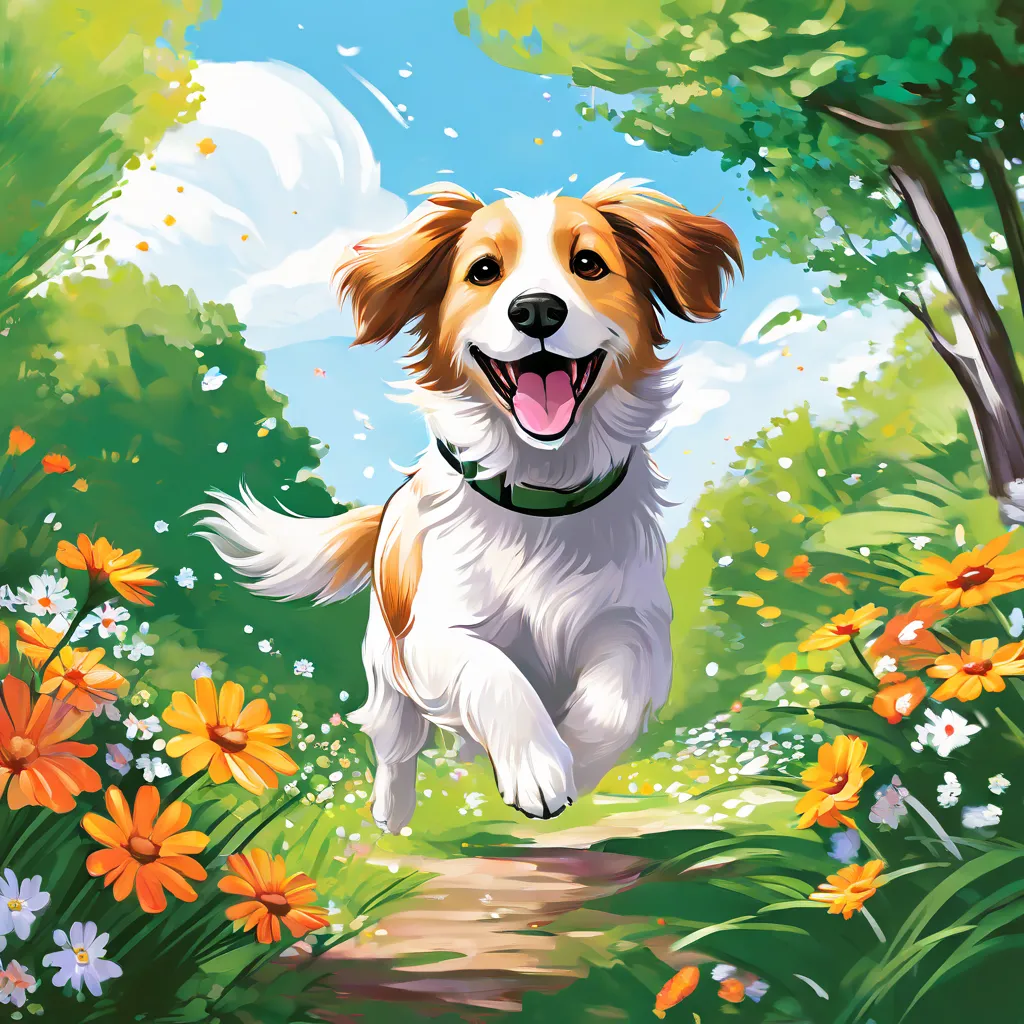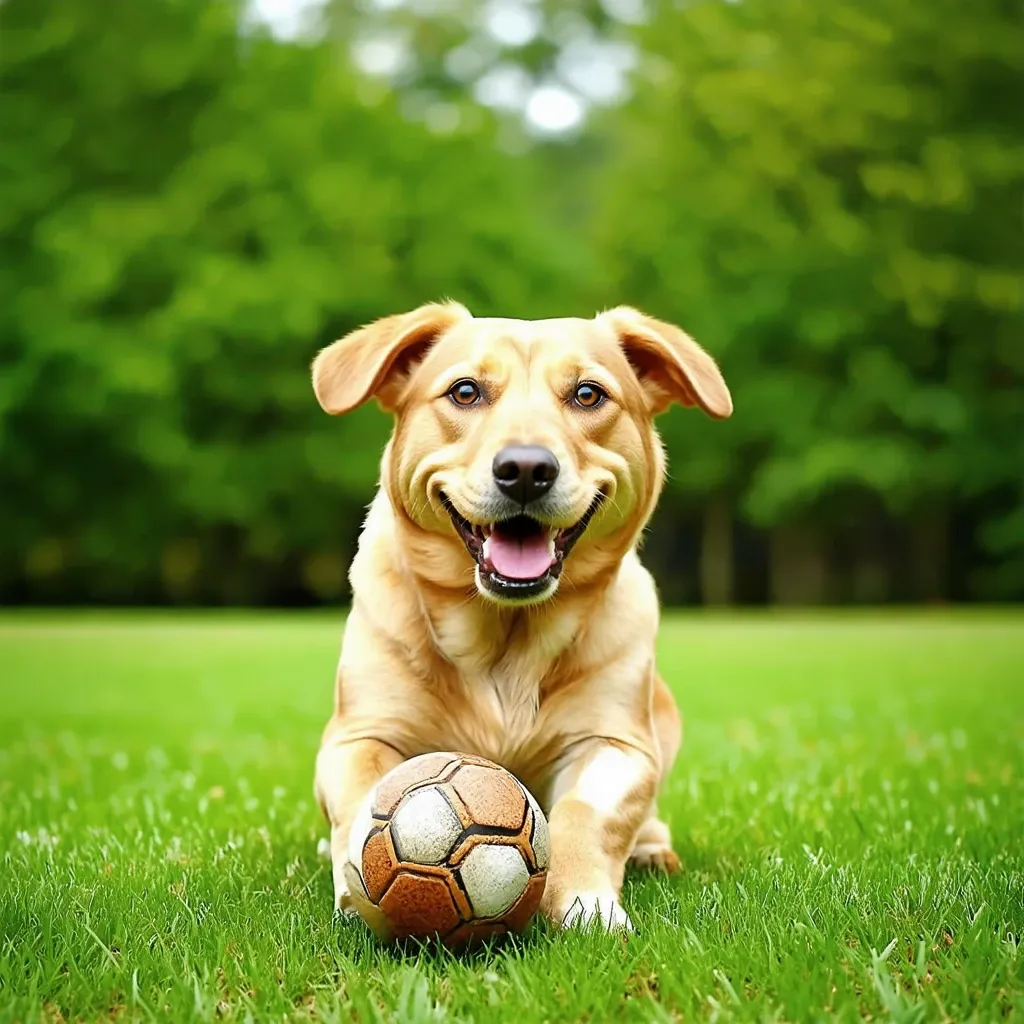Introduction
Are you a busy dog owner looking for a furry companion that requires minimal maintenance? Or perhaps you’re a first-time dog owner who wants a low-fuss pet? Whatever your reason, you’re in the right place. In this article, we’ll explore what makes a dog low maintenance, and help you find the perfect breed for your lifestyle.

Low maintenance dogs are perfect for busy owners who don’t have a lot of time to dedicate to grooming, training, and exercise. They are often easy-going, adaptable, and don’t require a lot of attention. But what exactly makes a dog low maintenance? Is it their energy level, grooming needs, or something else entirely?
In this article, we’ll delve into the world of low maintenance dogs and explore the key characteristics that make them perfect for busy owners. We’ll also look at some of the top low maintenance breeds that are perfect for families, singles, and everyone in between.
So, if you’re ready to find your perfect low maintenance companion, keep reading. We’ll take you on a journey to discover the lowest maintenance dog breeds that will fit seamlessly into your lifestyle.
What Makes a Dog Low Maintenance?
A low-maintenance dog is a breed that requires minimal grooming, exercise, and training. These dogs are perfect for busy owners who want to enjoy the companionship of a dog without the hassle of extensive care. So, what makes a dog low maintenance?
Easy Grooming
Low-maintenance dogs have short coats that require minimal brushing and grooming. They shed less, reducing the amount of hair around the house, and don’t need frequent baths.
Low Energy Levels
These dogs don’t need hours of exercise every day. A short walk or playtime is enough to keep them happy and healthy.
Easy Training
Low-maintenance dogs are intelligent and easy to train. They pick up commands quickly and don’t require extensive obedience training.
Adaptable Temperament
These dogs are calm, gentle, and adaptable to new environments and situations. They make great companions for busy owners who want a stress-free pet.
Minimal Health Issues
Low-maintenance dogs are generally healthier than other breeds, with fewer genetic health problems.
By considering these factors, you can find a low-maintenance dog breed that fits your lifestyle and provides a loving companion.
Grooming Needs: The Key to Low Maintenance
When it comes to low-maintenance dogs, grooming needs play a significant role in determining the overall maintenance level of a breed. Dogs with low grooming needs are perfect for busy owners who don’t have a lot of time to dedicate to grooming.
What are Low Grooming Needs?
Low grooming needs refer to the amount of time and effort required to keep a dog’s coat clean and healthy. This includes tasks such as brushing, bathing, trimming, and nail care. Dogs with low grooming needs have coats that are easy to maintain and require minimal grooming.
Benefits of Low Grooming Needs
Dogs with low grooming needs are perfect for:
- Busy owners who don’t have a lot of time to dedicate to grooming
- Owners who are not comfortable with grooming tasks such as nail trimming and ear cleaning
- Owners who want to minimize the amount of time and money spent on grooming
Characteristics of Dogs with Low Grooming Needs
Dogs with low grooming needs typically have:
- Short, smooth coats that require minimal brushing
- Coats that are resistant to matting and tangling
- Minimal shedding
- Easy-to-clean ears and paws
Examples of Breeds with Low Grooming Needs
Some examples of breeds with low grooming needs include:
- Bulldogs
- Pugs
- Boxers
- Beagles
- French Bulldogs
Tips for Owners of Dogs with Low Grooming Needs
While dogs with low grooming needs require less maintenance, they still need regular grooming to stay healthy and happy. Here are some tips for owners of dogs with low grooming needs:
- Brush your dog regularly to remove loose hair and distribute skin oils
- Bathe your dog as needed, depending on their activity level and environment
- Trim your dog’s nails regularly to prevent overgrowth
- Clean your dog’s ears and paws regularly to prevent infection

By understanding the grooming needs of your dog, you can provide them with the care and attention they need to thrive. Whether you’re a busy owner or just prefer a low-maintenance pet, dogs with low grooming needs are a great choice.
Energy Levels and Exercise Requirements
When it comes to determining the energy levels and exercise requirements of your dog, there are several factors to consider. These factors include the dog’s breed, age, and temperament.
Breed and Size
Different breeds have varying energy levels. Understanding your dog’s breed plays a big part in knowing how much exercise is required. For example, high-energy breeds such as border collies need more intense exercise throughout the day, while lower-energy breeds such as bulldogs do well with shorter, gentler sessions.
Age
Adult dogs generally require more exercise to maintain their health and energy levels. Senior dogs, on the other hand, may have exercise limitations due to age-related conditions or mobility challenges.
Exercise Requirements
The type and duration of exercise will depend on your dog’s breed, size, and energy level. Balancing exercise such as walking, running, and interactive play ensures your dog stays happy and healthy. Here are some general guidelines:
- Low-energy adult dogs: Aim for at least one 20-to-30-minute leisurely walk per day.
- High-energy adult dogs: Aim for at least two 30-minute brisk walks per day.
Indoor Exercises
If you’re unable to take your dog outside, there are still ways to provide exercise and mental stimulation. Here are some indoor dog exercises you can try:
- Running up and down the stairs
- Playing hide-and-seek
- Interactive play with toys
Remember, every dog is unique, and their exercise requirements will depend on their individual needs and circumstances. By understanding your dog’s breed, age, and temperament, you can provide the right amount of exercise to keep them happy and healthy.

Training: How Easy is it for Low Maintenance Breeds?
Training a low maintenance dog breed can be a breeze, especially if you’re a busy owner. These breeds are known for their easy-going nature, minimal exercise needs, and short coats that require less grooming. When it comes to training, low maintenance breeds are often quick learners and respond well to positive reinforcement.
One of the key benefits of training a low maintenance breed is that they are less likely to develop behavioral problems. This is because they are generally more laid-back and less prone to anxiety or destructive behavior. With consistent training and positive reinforcement, you can teach your low maintenance breed to obey basic commands, such as “sit,” “stay,” and “come.”
Some low maintenance breeds are naturally more intelligent and easier to train than others. For example, the Boston Terrier is known for its high intelligence and eager-to-please nature, making it a great breed for first-time dog owners. The Brussels Griffon is another breed that is highly intelligent and responds well to positive reinforcement training.
When training a low maintenance breed, it’s essential to keep training sessions short and fun. These breeds can get bored or distracted easily, so it’s crucial to keep them engaged and motivated. Positive reinforcement techniques, such as treats and praise, are highly effective in training low maintenance breeds.
In conclusion, training a low maintenance breed can be a rewarding experience for both you and your dog. With patience, consistency, and positive reinforcement, you can teach your low maintenance breed to obey basic commands and become a well-behaved companion.
Top Low Maintenance Dog Breeds for Busy Owners
Are you a busy owner looking for a furry companion that won’t require too much of your time? Look no further! Here are some top low maintenance dog breeds that are perfect for busy owners.
1. Bulldog
The Bulldog is a laid-back and affectionate breed that requires minimal exercise. They are happy with short walks and playtime, making them perfect for busy owners who don’t have a lot of time to spare.
2. Pug
Pugs are small, playful dogs that don’t require a lot of exercise. They are happy with short walks and playtime, and they love to cuddle. They are perfect for busy owners who want a low maintenance companion.
3. Shih Tzu
The Shih Tzu is a friendly and outgoing breed that requires minimal exercise. They are happy with short walks and playtime, and they love to play with toys. They are perfect for busy owners who want a low maintenance companion.
4. Cavalier King Charles Spaniel
The Cavalier King Charles Spaniel is a friendly and gentle breed that requires minimal exercise. They are happy with short walks and playtime, and they love to cuddle. They are perfect for busy owners who want a low maintenance companion.
5. French Bulldog
The French Bulldog is a laid-back and affectionate breed that requires minimal exercise. They are happy with short walks and playtime, and they love to cuddle. They are perfect for busy owners who don’t have a lot of time to spare.
6. Boston Terrier
The Boston Terrier is a friendly and outgoing breed that requires minimal exercise. They are happy with short walks and playtime, and they love to play with toys. They are perfect for busy owners who want a low maintenance companion.
7. Corgi
The Corgi is a intelligent and energetic breed that requires minimal exercise. They are happy with short walks and playtime, and they love to play with toys. They are perfect for busy owners who want a low maintenance companion.
8. Havanese
The Havanese is a friendly and outgoing breed that requires minimal exercise. They are happy with short walks and playtime, and they love to play with toys. They are perfect for busy owners who want a low maintenance companion.
9. Maltese
The Maltese is a gentle and affectionate breed that requires minimal exercise. They are happy with short walks and playtime, and they love to cuddle. They are perfect for busy owners who want a low maintenance companion.
10. Yorkshire Terrier
The Yorkshire Terrier is a spunky and affectionate breed that requires minimal exercise. They are happy with short walks and playtime, and they love to play with toys. They are perfect for busy owners who want a low maintenance companion.
These breeds are all relatively low maintenance and don’t require a lot of exercise or grooming. However, it’s always important to remember that every dog is an individual and may have different needs and personalities.
Caring for Your Low Maintenance Dog
Caring for a low-maintenance dog requires attention to its specific needs, which can vary depending on the breed and individual characteristics. Here are some general tips to help you care for your low-maintenance dog:
Nutrition and Hydration
- Provide a high-quality dog food that meets your dog’s nutritional needs, and consider a breed-specific formula if necessary.
- Ensure access to fresh water at all times, and consider a water fountain or filtered water system for optimal hydration.
Grooming and Hygiene
- Brush your dog regularly to prevent matting and tangling, and to distribute skin oils for a healthy coat.
- Bathe your dog as needed, taking care to avoid over-bathing, which can strip the coat of its natural oils.
- Trim your dog’s nails regularly to prevent overgrowth, and clean their ears and teeth as needed.
Exercise and Mental Stimulation
- Provide regular exercise, such as walks or playtime, to keep your dog physically and mentally stimulated.
- Consider engaging your dog in interactive toys or puzzle games to challenge their mind and prevent boredom.
Health Checks and Veterinary Care
- Schedule regular health checks with your veterinarian to monitor your dog’s health and catch any potential issues early.
- Follow your veterinarian’s recommendations for vaccinations, parasite control, and other preventative care.
Training and Socialization
- Invest time in training your dog, using positive reinforcement techniques to encourage good behavior.
- Socialize your dog with people, other animals, and new environments to help them become confident and calm in new situations.
By following these tips, you can help ensure your low-maintenance dog leads a happy, healthy life.

Conclusion
Finding the perfect low-maintenance dog breed can be a daunting task, but with the right information, you can make an informed decision that suits your lifestyle. As we’ve discussed, low-maintenance dogs are not just about their grooming needs, but also their energy levels, training requirements, and overall adaptability.
When it comes to low-maintenance dog breeds, it’s essential to consider your lifestyle and living situation. If you’re a busy owner with limited time for exercise and training, a breed with low energy levels and minimal grooming needs may be the best fit. On the other hand, if you’re an active owner who enjoys outdoor activities, a breed that requires regular exercise and mental stimulation may be more suitable.
Some of the top low-maintenance dog breeds for busy owners include the Bulldog, Pug, and Shih Tzu. These breeds are known for their calm and gentle nature, making them perfect for apartment living and families with children. However, it’s essential to remember that every dog is an individual, and while breed tendencies may be a good indicator of a dog’s personality, it’s crucial to spend time with a potential new pet before making a decision.
In conclusion, finding the perfect low-maintenance dog breed requires research, patience, and consideration of your lifestyle and living situation. By understanding what makes a dog low-maintenance and exploring the various breeds that fit this category, you can find a furry companion that brings joy and companionship to your life without requiring excessive time and effort.
















